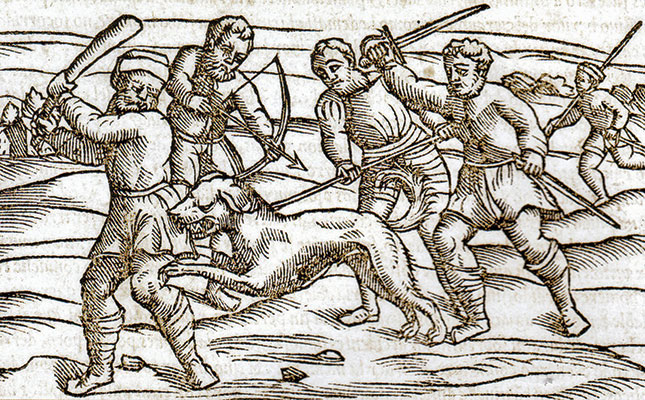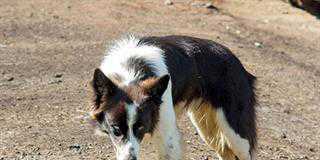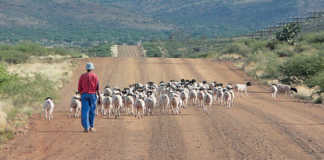
Photo: DOBSON, MJ. DISEASE. LONDON: QUERCUS
Rabies is present in more than 150 countries and on all continents except Antarctica. It is spread to humans from infected animals, normally via a bite but also through exposure to the animal’s saliva.
Rabies affects the brain, leading to acute inflammation, and invariably killing the person or animal infected. It is caused by a number of lyssaviruses (from Lyssa, the Greek goddess of madness, rage and frenzy) which are found in great numbers in the saliva of affected animals.
READ Rabies spike in KwaZulu-Natal
Early symptoms in humans can include fever and tingling at the site of exposure. These are followed by one or more of the following: violent movements, fear of water, an inability to move parts of the body, confusion, and loss of consciousness.
The first written record of rabies dates from Mesopotamia in about 1930 BC, and advises the owner of a dog showing symptoms of rabies to take preventative measures against bites. If another person is bitten by the rabid dog and later dies, the owner will be heavily fined.
READ Seasoned farmer’s tips on keeping livestock in shape
Every year, rabies causes between 26 000 to 55 000 deaths worldwide, according to the World Health Organisation. More than 95% of these occur in Asia and Africa.
In animals, symptoms vary and may include behavioural changes, aggression, excessive salivation or paralysis. All suspected cases should be reported to the nearest state vet, animal health technician or the police.
Vaccination is the only protection against rabies, and dogs and cats should be vaccinated and prevented from wandering the streets.
Never touch a strange injured animal or one that appears to be sick! If you are bitten, thoroughly disinfect the wound and immediately consult a doctor or clinic.
Sources: Directorate Veterinary Services, department of agriculture; ‘Rabies Fact Sheet No. 99’, World Health Organisation; Merck Veterinary Manual (merckvetmanual.com)













